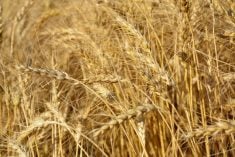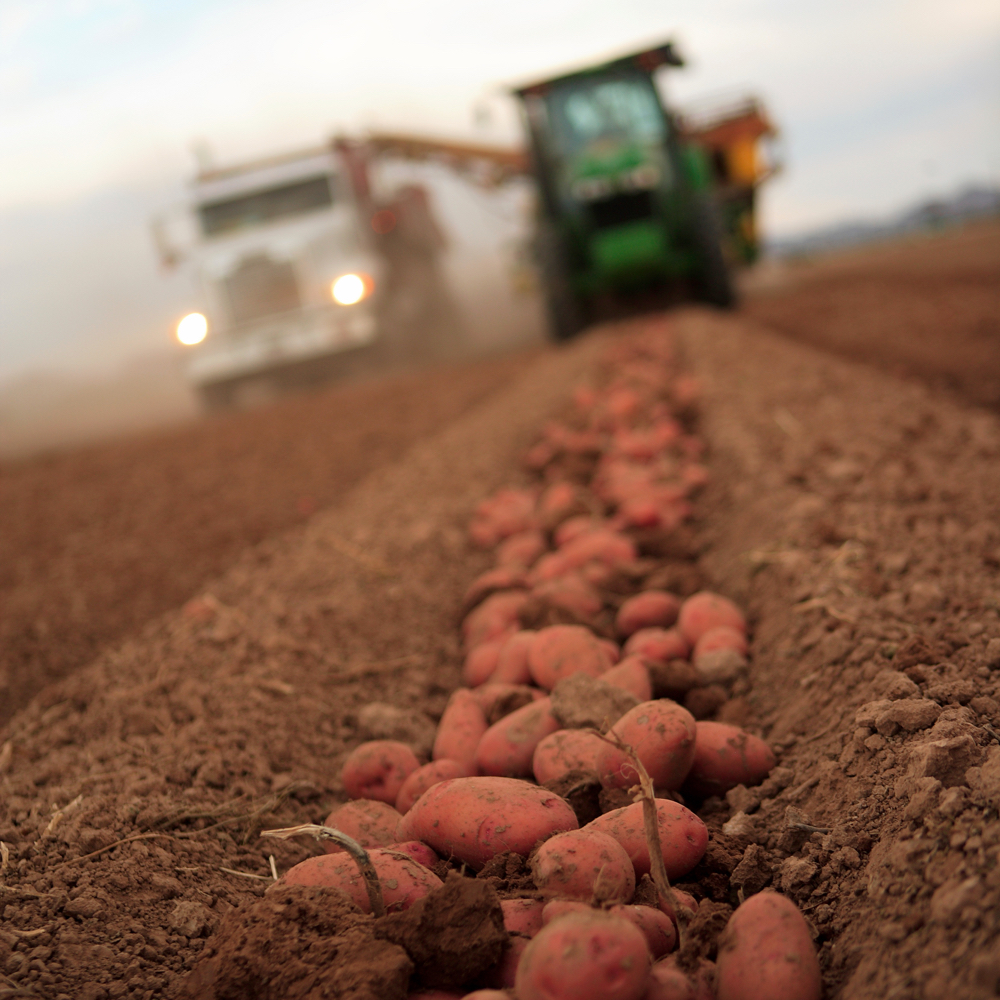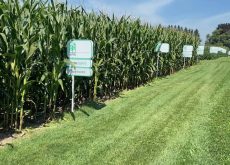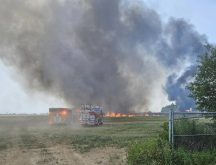John Kilbourne of Ontario had the third highest yield in the Great Lake Yield Enhancement Network (YEN) in 2023 and 2024.
The program is run by Grain Farmers of Ontario, Michigan State University, Michigan Wheat Program, the Ontario Ministry of Agriculture, Food and Agribusiness, and the University of Guelph.
Kinbourne had a yield of 160.2 bushels per acre on his farm.
Read Also

The forced Japanese-Canadian farmers of the Second World War
Manitoba’s sugar beet farms drew on displaced Japanese-Canadians from B.C. during the Second World War
Why it matters: The Great Lakes YEN encourages knowledge exchange among farmers looking to improve their winter wheat yields.
The top two winners of the Great Lakes YEN competition for the highest yield were from Michigan and include:
- Nick Suwyn (Michigan) – 171.9 bushels/acre
- Jeffery Krohn (Michigan) – 170.1 bushels/acre
The results were similar to the 173 bushels top yield from last year.
“Farming is a highly technical and skilled profession that is at its best when it incorporates data and knowledge and builds on that insight for innovative new practices and better sustainability. The Great Lakes YEN has helped farmers access those insights for winter wheat to understand their yield, achieve better results and incorporate innovation on their farms,” said Paul Hoekstra, vice president, Strategic Development, Grain Farmers of Ontario. “We would like to congratulate the winners, and we look forward to working with farmers across the province and the U.S. to help enhance yields.”
Great Lakes YEN participants continue to show that attention to detail when it comes to winter wheat management pays off, with this year’s average yield across all participants reaching over 115 bushels per acre.
Some of the season’s winter wheat highlights were:
Planting in much of the region was delayed into October due to delayed soybean maturity in the fall of 2023 and persistent rainfall.
A mild winter resulted in plants turning green early and excellent winter survival.
Some participants faced challenges with making timely fertilizer and crop protection applications due to persistent rainfall.
As the season progressed, increased insect and disease pressure was also observed across the region.
Growers experienced an early harvest in much of the region with generally good grain quality.
“The detailed, written reports that are compiled and sent to growers provide valuable information on the more than 200 data points they enter on their wheat crop during the growing season,” says Jody Pollok-Newsom, executive director of the Michigan Wheat Program. “Through reviewing those reports to see how their farm stacks up and by participating in our grower networking opportunities, farmers are able to share what works on their farms to enhance their winter wheat yields and decide what they may want to try next year to boost it even more.”














